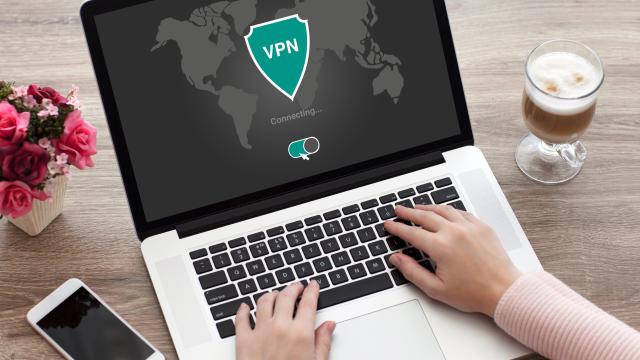When you’re downloading torrents on your computer, consider using a VPN. Your ISP and advertising companies don’t need to know you’re downloading the latest Linux distros or other totally legal content, and a good VPN can help you improve your privacy.
Most people just download a VPN and assume all their data is safe from prying eyes, but it’s not true. Once you’ve selected the right VPN, you should bind it to the torrent client to ensure that your IP address doesn’t leak.
Some VPNs have a kill switch that disables your internet connection when it’s not routed through your VPN. Even if you’ve enabled this feature, kill switches can fail and compromise your privacy. The best way to keep your data private while downloading torrents is to bind your client to the VPN directly.
Which torrent client should I use?
There are plenty of torrent clients out there, but Qbittorrent is among the best. It’s free, works very well, and doesn’t have ads or other annoyances. It’s also one of the few torrent clients that supports binding your VPN network interface directly, which means you don’t have to fiddle around with configuration files or manually key in your VPN’s IP address anywhere.
If you must use an alternative client, try to find one that supports this feature. Otherwise, it’s a lot harder to maintain your privacy.
How to bind Qbittorrent to a VPN
Once you’ve downloaded and opened Qbittorrent on Windows, select a server on your VPN app and switch it on.
Click the gear icon in Qbittorrent’s toolbar to open the Options window. Go to Advanced and in the drop-down menu next to Network Interface, select your VPN. Click OK and you’re done.
If you’re having trouble identifying your VPN in the drop-down menu, you can go to Settings > Network & Internet > Status and select Network and Sharing Centre. If your VPN is connected, it’ll show up as one of the adapters on this page. Right-click the VPN and select Rename. You can now change its name to make it easier to identify and try binding it to Qbittorrent again.
For those using macOS, your VPN may show up in Qbittorrent’s settings as utun2, utun3, or similar names. You can select it and save your preferences.
From this point on, Qbittorrent will use your VPN to download torrents.

Leave a Reply
You must be logged in to post a comment.